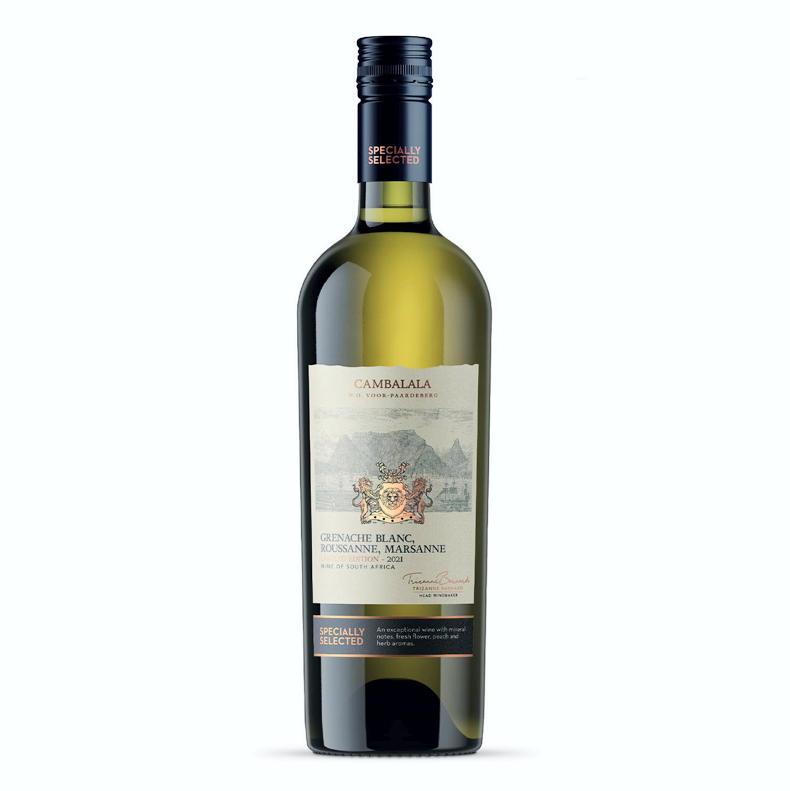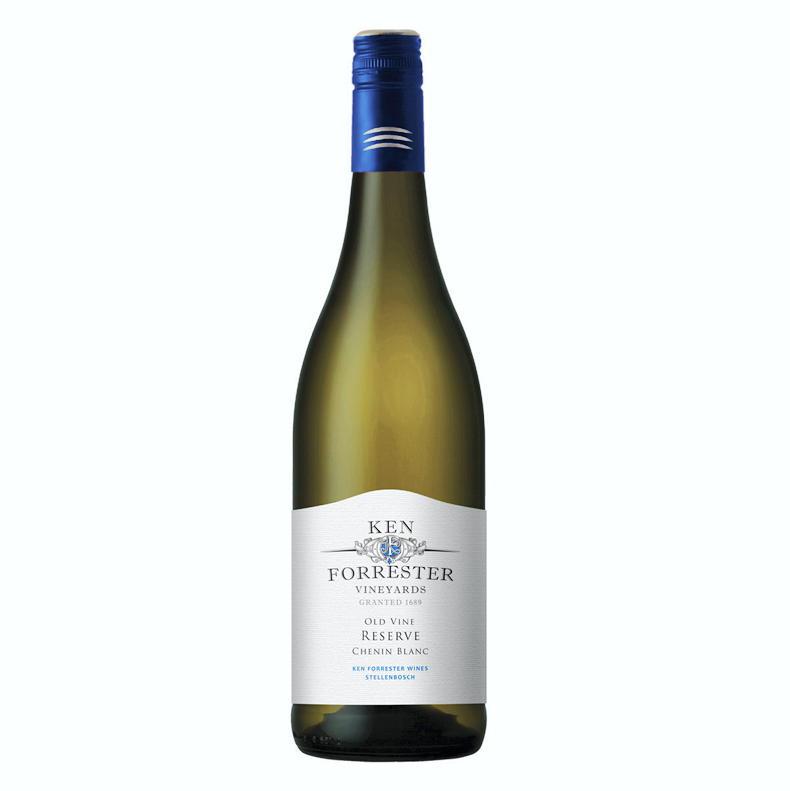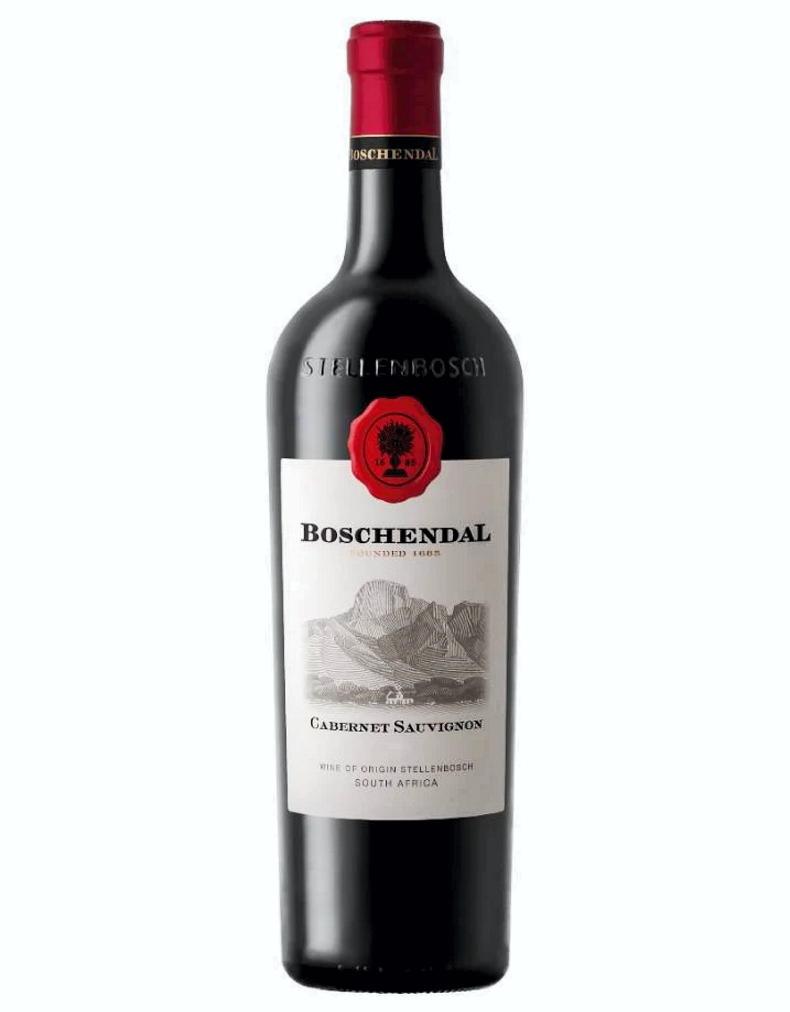Avery good friend of mine is an amazing hostess. A dinner party at her home is a fabulous treat. Although only ever asked to bring a “bottle of wine and your good company”, the choice of wine is nonethe-less important. Having lived a half-life in Paris, she is synonymous with bring “whatever you like as long as it’s not new world”. I have a penchant for new world wines so I sought out the differences, of which there are four.
The first is the region and resulting climate. Winemaking was born in the cool to moderate “old world” of France, Germany, Italy, Greece, Spain, certain parts of north Africa and the Middle East, thousands of years ago. The moderate to warm “new world” of the US, Australia, Chile, Argentina, New Zealand and South Africa only started making wine in the 16th century.
Naming is also different, with old world wines named after their origin. For example, the Cahors region of France is known for its deeply coloured reds made predominantly from Malbec grapes but these will be called Cahors, not Malbec. However, new world wines are named after their grape so a Malbec is a Malbec no matter its origin in Argentina. The old world wines are traditional in style of production whereas the new world style can be more modern and innovative.
Taste of course is a differentiator and while the characteristics described here are typical they are by no means the rule. Old world wines tends to have lighter body, lower alcohol and higher acidity with more minerality. New world wines however tend toward fuller body, higher alcohol, lower acidity, and those pronounced fruit flavours, you often see described on the back of the bottle now as vendors vie to make their wines more accessible.
Quite recently, my old world friend and I travelled to the South African wine regions of the Western Cape. We found that taste is personal and South African wines have a huge amount to offer. Now it would take many columns to do justice to the 40,000 square miles of the Western Cape. Styles vary but you probably do know if you are sauvignon blanc, pinot noir, or cabernet sauvignon person. While the latter is a South Africa staple, the country is famous for other grapes – their white chenin blanc and their red pinotage. Perhaps the new year is time to try something less familiar. In the absence of our connoisseur Ciara, I have selected a few based on what I learned on my travels.

South African
Rhône Blend
Specially Selected, Cambalala Voor-Paardeberg, 13.5%, Aldi, €8.99
Unfamiliar as I was with the blend of equal parts Grenache blanc, and Roussanne and one-fifth Marsanne white, at a recent Aldi event, this Rhône blend sufficiently stood out to me with its fruits, spice and nice balance. I am reliably assured that this will work well with a roast duck. If you missed the perfect recipe, Neven had one two weeks ago.

Ken Forrester
Old Vine Chenin Blanc Reserve, 13.5%, O’Briens Wines, €17.95
This is my chief convert following my time in South Africa. The country’s chenins differ from those in the Loire in that they are dry, but ripe and full of complex flavour. Often this complexity comes from sought-after old-vine fruit, such as what is used to make this Ken Forrester. Partially barrel fermented giving a complex mouthfeel, there is also natural acidity and citrus fruit flavours. This Chenin Blanc will work well with your turkey or oily seafood dishes and Nevens prawn risotto.

The Original
Diemersfontein
Pinotage, Wellington, 2019, Searsons Wine Merchants, €23.95
Pinotage is uniquely South African, a wine of the country’s own creation, developed in 1926. It can have a love-it-or-hate-it impact when first tried. The pinotage “parents” are pinot noir (think strawberries in younger wines and more complex characteristics in the more mature wines) and cinsault (think spice and body – it’s French). This one has a coffee and chocolate richness but also a peppery spice and its own terroir. Have it with your after dinner chocolates.

Boschendal
Stellenbosch Cabernet Sauvignon 2018, Winestore.com (winery also ships directly), €28
Cabernet Sauvignon is the most widely planted red grape in South Africa. We spent an afternoon tasting the wines at the Boschendal estate and bought some bottles to take away. This was one of the best. A look at the reviews notes its dark garnet colour, cigars, oak (16 months in new French oak barrels adds weight to the palate), leather, earth, cherries and tobacco with a cherry undertone. Now while Neven is not serving the smoked or marinated meats that will work well with it, this Cab Sauv is a perfect companion to spicy curries.
If you are in McNean House for dinner, Neven recommends a South African Shiraz from his extensive menu the Boekenhoutskloof, Chocolate Block, Franschoek. He tells us that this Shiraz led blend is packed with ripe red berry flavours and spends 15 months in French oak. A terrific concentrated mouthful. Take me to Blacklion.
Read more
Neven Maguire: entertaining at home – a spread to wow
Entertaining at home: the perfect time to host a holiday brunch
Avery good friend of mine is an amazing hostess. A dinner party at her home is a fabulous treat. Although only ever asked to bring a “bottle of wine and your good company”, the choice of wine is nonethe-less important. Having lived a half-life in Paris, she is synonymous with bring “whatever you like as long as it’s not new world”. I have a penchant for new world wines so I sought out the differences, of which there are four.
The first is the region and resulting climate. Winemaking was born in the cool to moderate “old world” of France, Germany, Italy, Greece, Spain, certain parts of north Africa and the Middle East, thousands of years ago. The moderate to warm “new world” of the US, Australia, Chile, Argentina, New Zealand and South Africa only started making wine in the 16th century.
Naming is also different, with old world wines named after their origin. For example, the Cahors region of France is known for its deeply coloured reds made predominantly from Malbec grapes but these will be called Cahors, not Malbec. However, new world wines are named after their grape so a Malbec is a Malbec no matter its origin in Argentina. The old world wines are traditional in style of production whereas the new world style can be more modern and innovative.
Taste of course is a differentiator and while the characteristics described here are typical they are by no means the rule. Old world wines tends to have lighter body, lower alcohol and higher acidity with more minerality. New world wines however tend toward fuller body, higher alcohol, lower acidity, and those pronounced fruit flavours, you often see described on the back of the bottle now as vendors vie to make their wines more accessible.
Quite recently, my old world friend and I travelled to the South African wine regions of the Western Cape. We found that taste is personal and South African wines have a huge amount to offer. Now it would take many columns to do justice to the 40,000 square miles of the Western Cape. Styles vary but you probably do know if you are sauvignon blanc, pinot noir, or cabernet sauvignon person. While the latter is a South Africa staple, the country is famous for other grapes – their white chenin blanc and their red pinotage. Perhaps the new year is time to try something less familiar. In the absence of our connoisseur Ciara, I have selected a few based on what I learned on my travels.

South African
Rhône Blend
Specially Selected, Cambalala Voor-Paardeberg, 13.5%, Aldi, €8.99
Unfamiliar as I was with the blend of equal parts Grenache blanc, and Roussanne and one-fifth Marsanne white, at a recent Aldi event, this Rhône blend sufficiently stood out to me with its fruits, spice and nice balance. I am reliably assured that this will work well with a roast duck. If you missed the perfect recipe, Neven had one two weeks ago.

Ken Forrester
Old Vine Chenin Blanc Reserve, 13.5%, O’Briens Wines, €17.95
This is my chief convert following my time in South Africa. The country’s chenins differ from those in the Loire in that they are dry, but ripe and full of complex flavour. Often this complexity comes from sought-after old-vine fruit, such as what is used to make this Ken Forrester. Partially barrel fermented giving a complex mouthfeel, there is also natural acidity and citrus fruit flavours. This Chenin Blanc will work well with your turkey or oily seafood dishes and Nevens prawn risotto.

The Original
Diemersfontein
Pinotage, Wellington, 2019, Searsons Wine Merchants, €23.95
Pinotage is uniquely South African, a wine of the country’s own creation, developed in 1926. It can have a love-it-or-hate-it impact when first tried. The pinotage “parents” are pinot noir (think strawberries in younger wines and more complex characteristics in the more mature wines) and cinsault (think spice and body – it’s French). This one has a coffee and chocolate richness but also a peppery spice and its own terroir. Have it with your after dinner chocolates.

Boschendal
Stellenbosch Cabernet Sauvignon 2018, Winestore.com (winery also ships directly), €28
Cabernet Sauvignon is the most widely planted red grape in South Africa. We spent an afternoon tasting the wines at the Boschendal estate and bought some bottles to take away. This was one of the best. A look at the reviews notes its dark garnet colour, cigars, oak (16 months in new French oak barrels adds weight to the palate), leather, earth, cherries and tobacco with a cherry undertone. Now while Neven is not serving the smoked or marinated meats that will work well with it, this Cab Sauv is a perfect companion to spicy curries.
If you are in McNean House for dinner, Neven recommends a South African Shiraz from his extensive menu the Boekenhoutskloof, Chocolate Block, Franschoek. He tells us that this Shiraz led blend is packed with ripe red berry flavours and spends 15 months in French oak. A terrific concentrated mouthful. Take me to Blacklion.
Read more
Neven Maguire: entertaining at home – a spread to wow
Entertaining at home: the perfect time to host a holiday brunch










 This is a subscriber-only article
This is a subscriber-only article










SHARING OPTIONS: